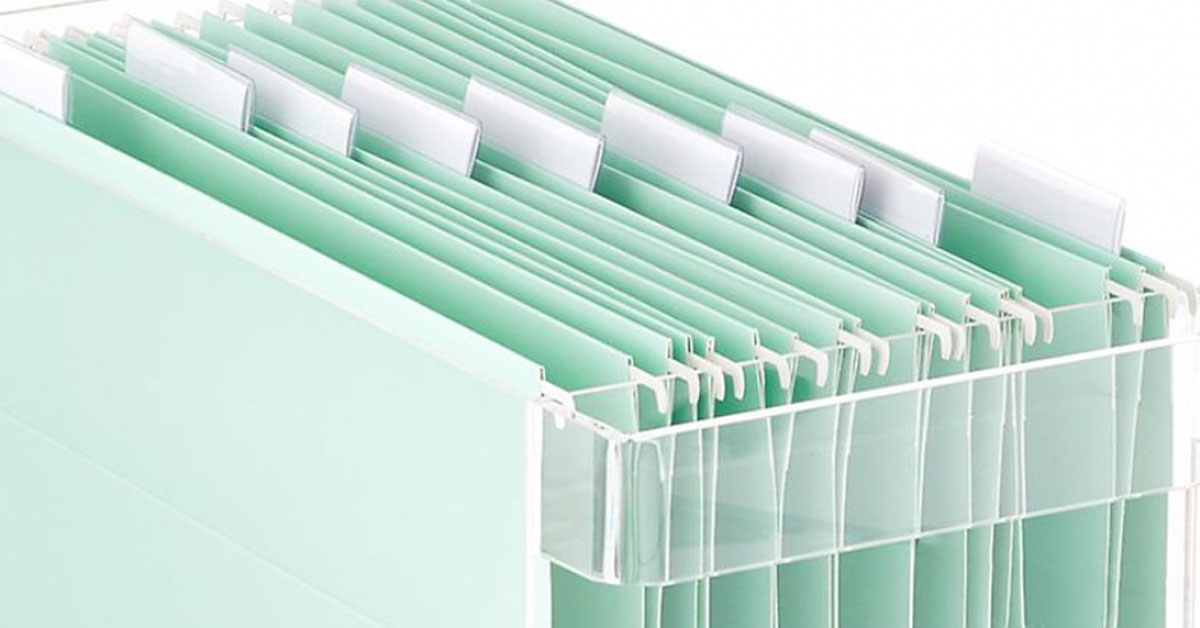What Belongs in an Action File?
As you sort through your piles and identify papers that require action, how do you keep track of these action items? An Action File! It is a type of “tickler” file containing individual folders numbered 1 – 31, corresponding with the days of the current month, and January – December for the twelve months of the year. These folders are stored in a desktop file box or filing cabinet drawer, and checked daily.
Why Create an Action File?
- It helps rid your workspace of piles and prevent them from forming in the future.
- It allows you to focus on what needs to get done today, rather than getting distracted by future tasks.
- It prevents items from getting lost in the piles, resulting in missed deadlines.
What Papers Belong in an Action File?
All of the papers triggering you to do something, whether it is today or in the coming weeks or months, should live in an Action File. Some examples include: make a phone call, enter information into your contact management system, visit a website, research, write an email, review a document…
What Papers Don’t Belong in an Action File?
All of the papers you’re keeping for reference or legal reasons that do not require action. These should be archived or stored in your filing system.
How to Create an Action File
- Schedule about an hour to create an Action File.
- You will need a minimum of 43 folders and a desktop file box, or filing cabinet drawer. You can use either manila folders or hanging file folders. If you don’t already have these supplies on hand, they can be found at your local office supply store.
- Take 31 folders, label them 1 – 31 and place them in the box or drawer.
- Take 12 folders and label them January – December and place them behind the 31 folders.
- Optional: you can also create folders for frequently repeated tasks, such as ‘To Shred’, ‘To Enter’ (computer) or ‘Pending’.
How to Use an Action File
- Put your Action File where it is easily accessible from your main desk or workspace.
- Gather all of your loose papers and piles. Take the first piece of paper and ask yourself “Does this require action and if so, what is the next action I need to take?”. Once you identify the next action, ask yourself “When do I need to do this?”. If it is in the next 31 days, file it in the folder associated with that day. If it is more than 31 days out, put it in the folder of the appropriate month. Move to the next paper and repeat.
- Check it at least once daily. This is the key to success with this system. It often helps to pair it with a well-established habit. For example, if you drink a cup of coffee each morning, check your Action File when you are drinking your coffee.
- After you finish processing “today’s file”, move it to the back. This way you will always have today’s file in the front.
- Two or three days prior to the end of a month, take everything out of the upcoming month’s folder and assign them to the appropriate days in your 1-31 folders.
- If there is more than one to-do relating to a single item, focus on what needs to be done first.
- Bask in the clear space and control you just created.



